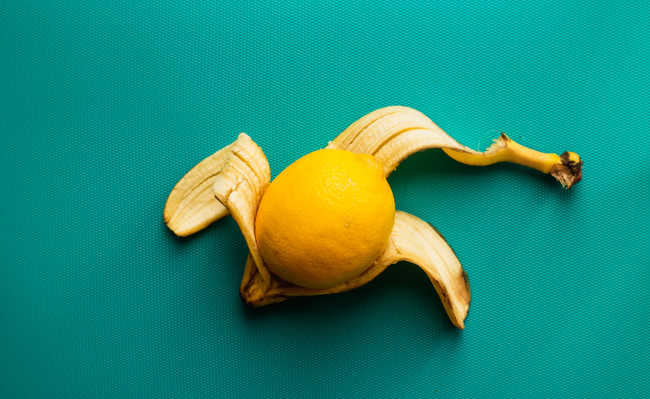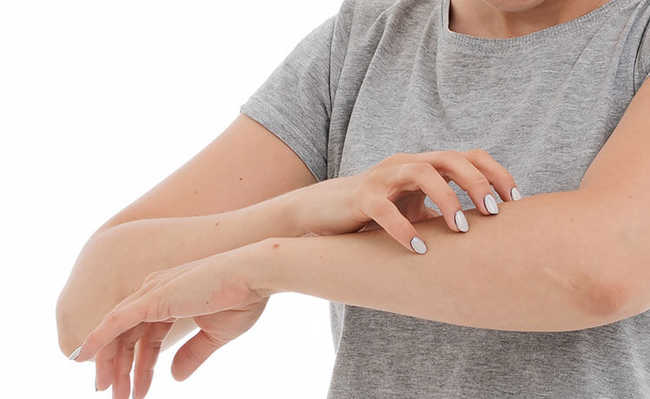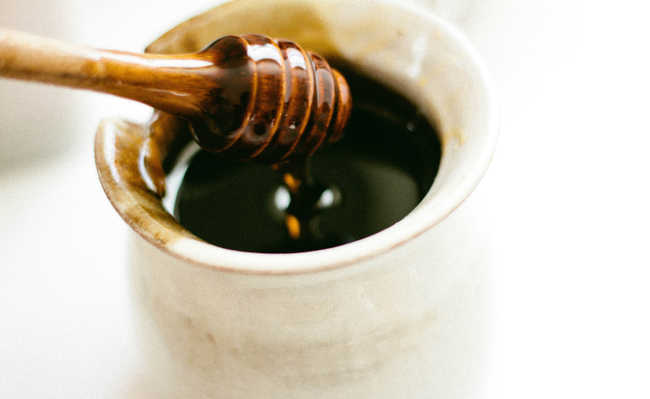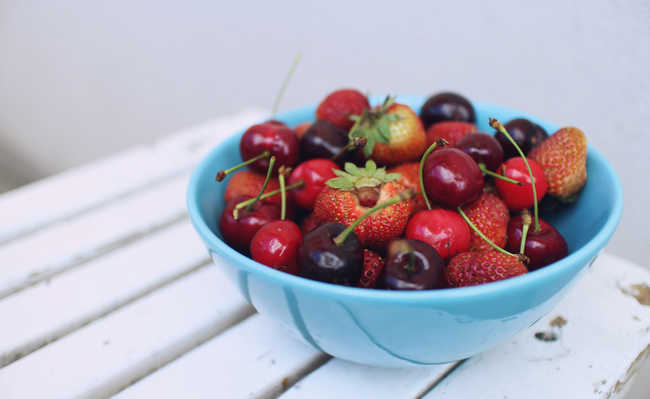Everything you need to know about food peels
Understand what are the health benefits of taking nutrient-rich food peels

Edited and resized image by Louis Hansel @shotsoflouis, is available on Unsplash
Food husks are usually removed due to preference, habit or an attempt to reduce exposure to pesticides. However, they concentrate a good part of plant nutrients and, unlike what many people imagine, the foods that concentrate the most pesticides are not vegetables with husks, but meat and other animal derivatives such as milk.
contain nutrients
Nutrient amounts vary according to the type of vegetable. However, in general, unpeeled foods contain greater amounts of vitamins, minerals and other beneficial compounds compared to unpeeled foods.
- Vitamins: types, needs and times of intake
In fact, a raw unpeeled apple contains up to 332% more vitamin K, 142% more vitamin A, 115% more vitamin C, 20% more calcium and up to 19% more potassium than a peeled apple (see studies about it here: 1, 2).
Likewise, a baked potato in its skin can contain up to 175% more vitamin C, 115% more potassium, 111% more folate and 110% more magnesium and phosphorus than a peeled potato (see studies here regarding: 3, 4).
The husks also contain significantly more fiber and antioxidants. Up to 31% of the total amount of fiber in a vegetable can be found in its husk. In addition, the levels of antioxidants can be up to 328 times higher in fruit peel than in the pulp (see studies about it here: 5, 6, 7).
Therefore, eating your unpeeled fruits and vegetables can really increase your nutrient intake.
- Magnesium: what is it for?
Provide satiety
Fruit and vegetable peels can reduce hunger and help you feel more full for longer. This is mainly due to its high fiber content. Although the exact amount of fiber varies, fresh fruits and vegetables can contain up to a third more fiber before the outer layers are removed (see study on this: 6).
- What is dietary fiber and its benefits?
Several studies show that fiber provides satiety for longer, physically stretching the stomach, decreasing the rate at which it empties, or influencing the speed at which satiety hormones are released into the body (see studies on this: 8, 9).
The fiber found in fruits and vegetables - a type known as viscous fiber - can be especially effective in reducing appetite (see study on this: 10).
Fiber also serves as food for the friendly bacteria that live in the gut, the probiotics. When these bacteria feed on fiber, they produce short-chain fatty acids, which seem to increase satiety even more (see studies about it here: 11, 12).
A review showed that participants in 32 of the 38 studies analyzed showed an increase in satiety after increasing fiber intake.
- What are prebiotic foods?
- Fiber-rich foods fight diabetes and high cholesterol
Furthermore, several studies have observed that high fiber diets tend to reduce hunger and therefore the number of calories consumed per day, potentially leading to weight loss (see studies on this: 14,15,16).
Help prevent disease
Fruits and vegetables contain antioxidants, which are beneficial plant compounds that can reduce the risk of various diseases. The main function of antioxidants is to fight unstable molecules known as free radicals. When free radical levels become too high, they can cause oxidative stress, which can damage cells and potentially increase the risk of disease.
- Antioxidants: what are they and in what foods to find them
- What are free radicals?
Antioxidants can help lower the risk of heart disease and certain types of cancer (see studies on this here: 17, 18, 19).
Certain antioxidants found in fruits and vegetables have also been associated with a lower risk of neurological diseases such as Alzheimer's disease (see studies on this here: 20, 21).
Fruits and vegetables are naturally rich in antioxidants, but, according to research, they seem to be more concentrated in the outer layer (see study about it here: 22).
In one study, removing the skin from a peach resulted in a 13 to 48% reduction in antioxidants. In another study, antioxidant levels were up to 328 times higher in fruit and vegetable peels compared to pulps.
Some are difficult to remove or unpalatable.
Certain fruit or vegetable peels can be difficult to consume or simply inedible. Avocado and melon skins are considered inedible, regardless of whether they are eaten cooked or raw.
Other fruit and vegetable peels, such as pineapple, melon, banana, onion and celery, can have a hard texture that is difficult to chew and digest. These peels are usually removed, but some cook the banana peel and make tea from pineapple onion peel.
Also, although some vegetable peels are considered edible, they should not be eaten raw. Examples are cabotiá pumpkin skins, which are best consumed after cooking.
Additionally, citrus fruits also have a hard, bitter rind that can be difficult to consume raw. These are usually best consumed as zest, boiled, or pickled.
Some fruit and vegetable peels, although completely edible, can have a bitter taste or be coated with a layer of wax or dirt that can be particularly difficult to clean.
May contain pesticides
Although some pesticides enter the pulp of fruits and vegetables, many remain confined to the outer skin (see studies about it here: 24, 25, 26).
Washing is a good way to get rid of pesticide residues that are stuck to the surface of the shell. However, peeling is the best way to remove pesticides that have penetrated the peel of fruits and vegetables (see study about it here: 27). See the best way to wash fruits and vegetables in the following video:
A review showed that 41% of pesticide residues found in fruit were removed by washing with water, while up to twice as much was removed by peeling (see study on this: 28).
For many people concerned about their general exposure to pesticides, this may be reason enough to eat just the pulp of all fruits and vegetables.
- What are organic foods?
However, the risk of consuming a little more pesticide may not necessarily outweigh the benefit of more nutrients in the skin. In addition, the foods that concentrate most pesticides are those of animal origin such as meat and other derivatives such as milk (see the article about it here). Therefore, if you want to reduce exposure to pesticides, the ideal is to be a strict vegetarian (or vegan) and consume organic vegetables.
- Vegan philosophy: know and ask your questions
Which peels are safe to eat?
Some husks are safe to eat, while others may not be.
The lists below provide summaries of which common fruits and vegetables should be peeled and which don't:
Inedible shells:
- Avocado
- Pineapple (but can be used to make tea)
- Garlic (but can be used to make tea and other purposes)
- Melon
- Onion (but can be used to make tea)
Edible shells:
- Litter
- Damascus
- asparagus
- Carrot
- Citrus fruits (grated or cooked)
- cherries
- Cucumber
- Aubergine
- Grape
- Kiwi
- Mushroom
- Peach
- Pear
- Pea
- chili
- Plum
- Potato
- Pumpkin (if well cooked)
- Zucchini










